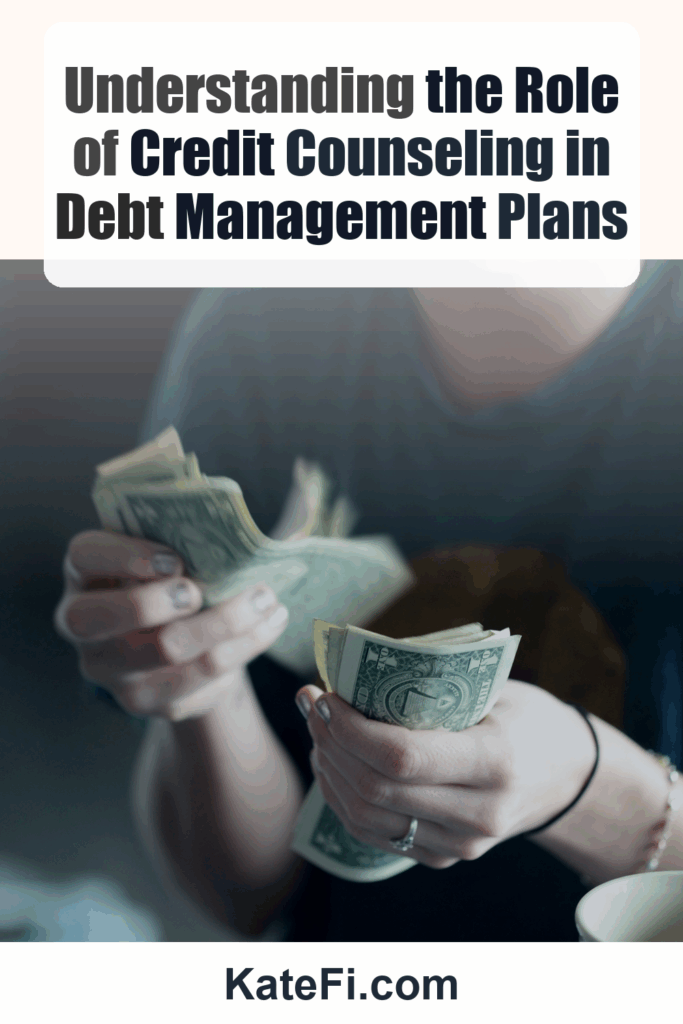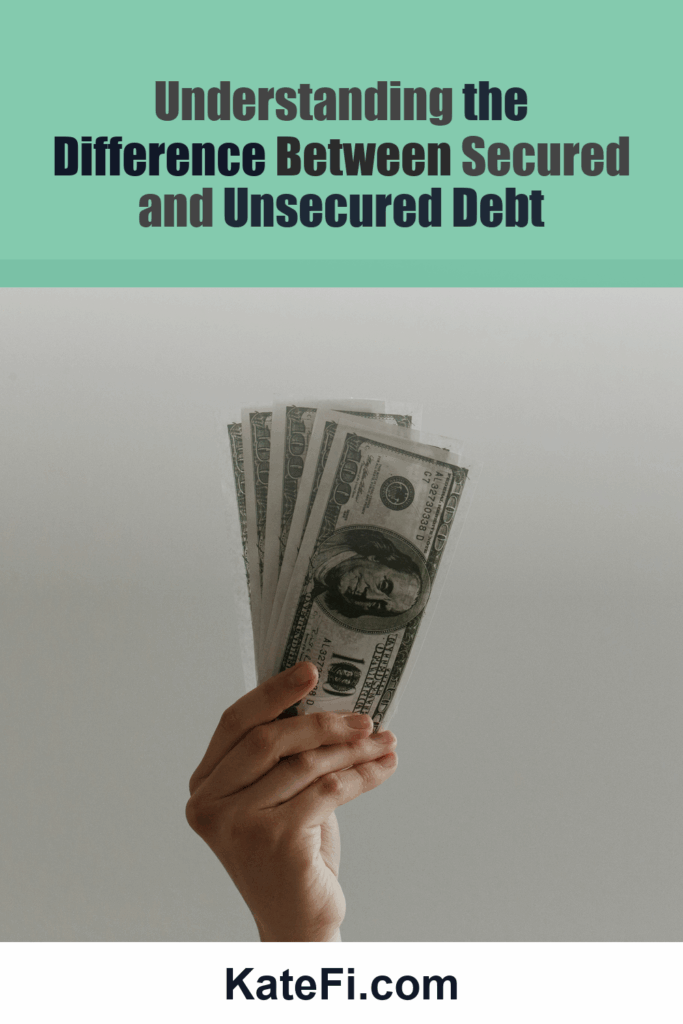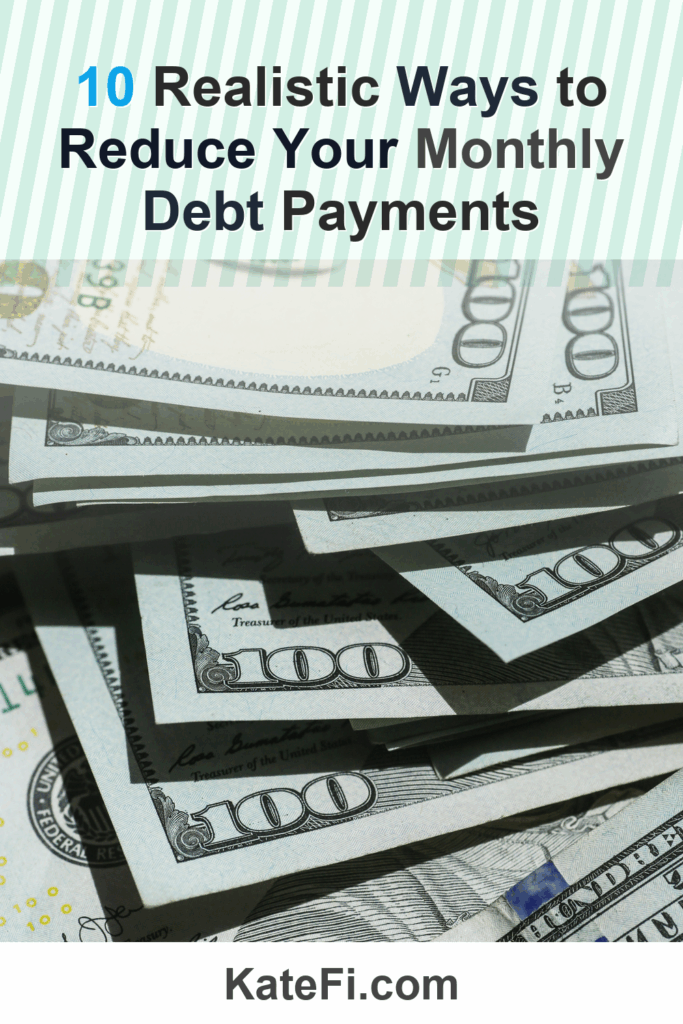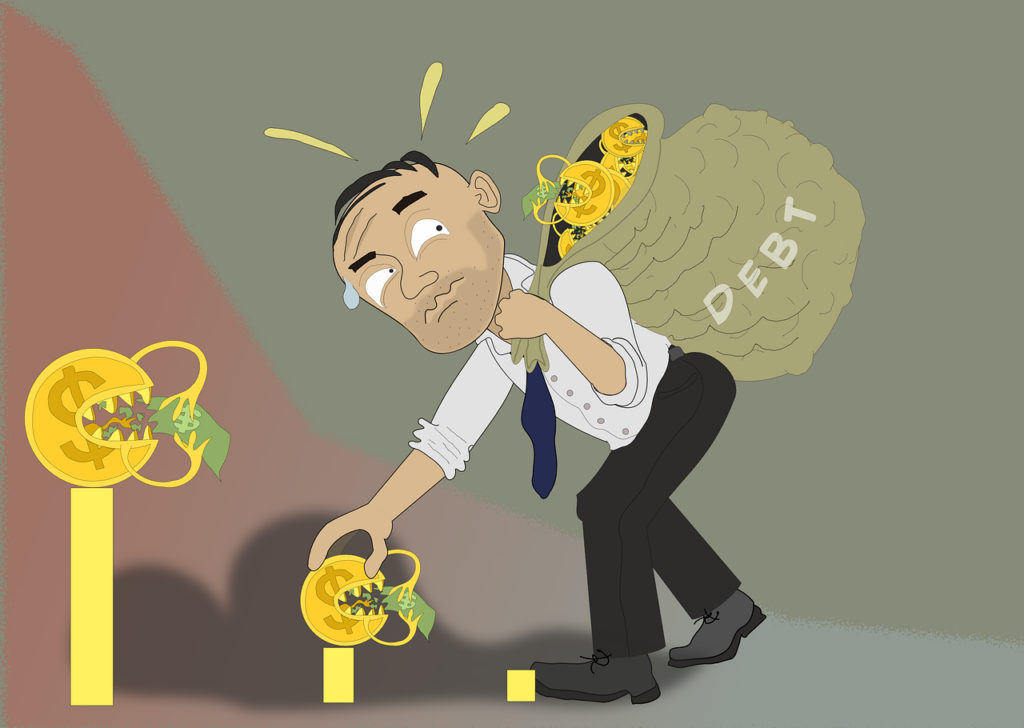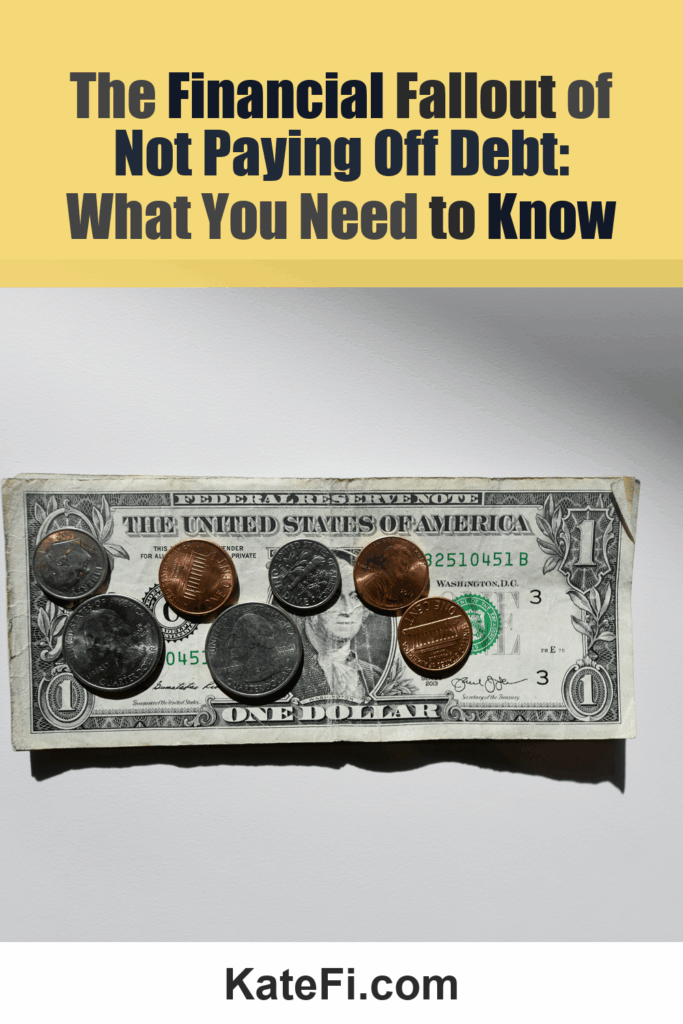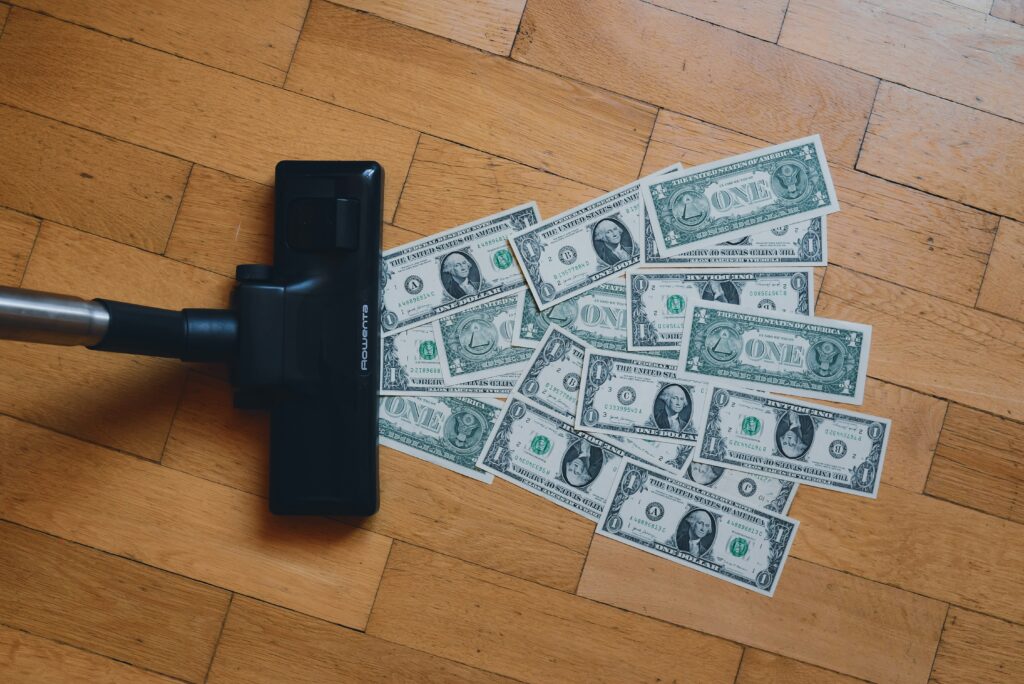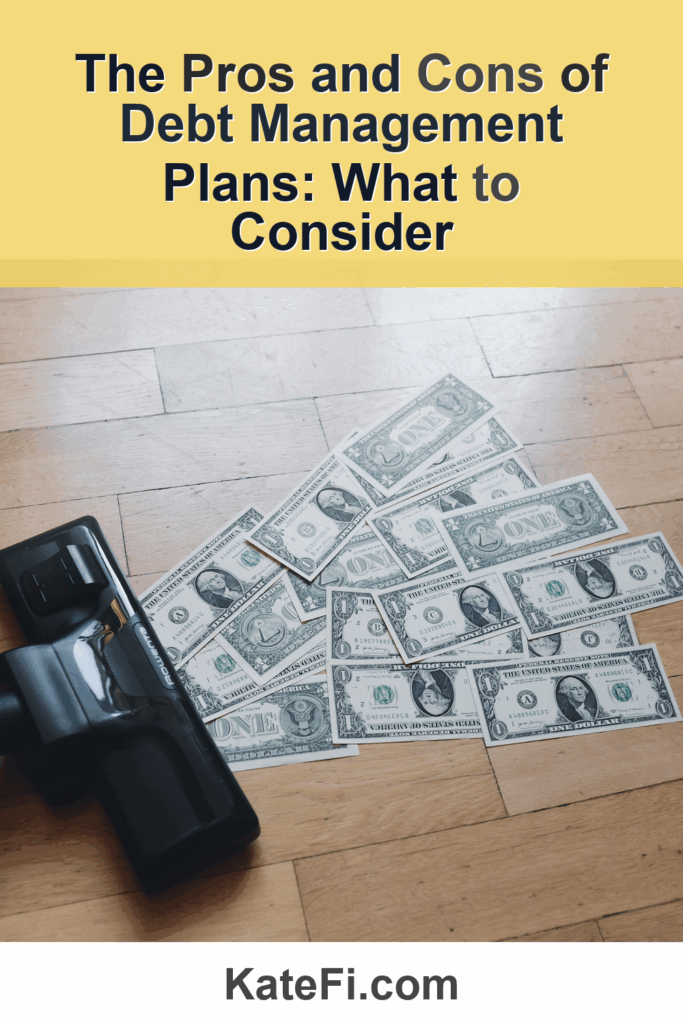A Debt Relief Case Study: How One Couple Became Debt-Free in 18 Months
When it comes to dealing with debt, many people feel overwhelmed, often fearing the repercussions of seeking help. For Sarah and Mark, a couple in their late 30s, financial struggles had become an unshakeable burden that seemed impossible to escape. After years of trying to manage their debts alone, they decided to explore debt relief options, and within just 18 months, they were able to clear their debts entirely. This blog post will delve into their journey, addressing common myths about debt relief, and revealing effective negotiation tactics and hardship documentation that can make a difference.
Love our content? Show your support by following us — pretty please!🥺
FOLLOW ON PINTEREST
Hi! I’m Kate, the face behind KateFi.com—a blog all about making life easier and more affordable.
The Backstory: Facing the Reality of Debt
Lower Your Unsecured Debt
If you have $5,000+ in credit card or personal loan debt, a free consult can review options like settlement or hardship plans.
- One-on-one call to review your debts and goals
- See potential monthly payment reductions
- No obligation to enroll
Not available in IL, KS, OR, TN, UT, WV.
Sarah and Mark found themselves in a financial bind due to a combination of medical expenses, unexpected job changes, and reliance on credit cards to maintain their lifestyle. Like many couples, they initially thought they could simply tighten their belts and pay off their debts over time. However, the situation worsened as monthly payments mounted, interest accrued, and stress began to seep into their daily lives.
After months of sleepless nights and anxiety about their financial future, Sarah and Mark knew they had to take action. They began researching debt relief options and quickly realized there were numerous misconceptions surrounding this topic. It became clear that in order to navigate their situation effectively, they needed to differentiate between myth and fact.
Myth vs. Fact: Debunking Common Misconceptions
To help others who may be in similar predicaments, let’s explore some of the myths Sarah and Mark encountered during their journey towards financial freedom.
Myth 1: Debt Relief Programs Are Only for the Desperate
Fact: Debt relief programs are available for anyone struggling with unsecured debt, regardless of how severe their financial situation may be. Many individuals with moderate debt benefit significantly from these programs.
Myth 2: You Will Ruin Your Credit Score
Fact: While debt relief can impact your credit score, not addressing your debt can lead to missed payments and collections, which can harm your credit even more. With strategic planning, your credit can recover over time.
Myth 3: All Debt Relief Programs Are the Same
Fact: There are various types of debt relief options, including debt negotiation, debt consolidation, and bankruptcy. Each option has its own pros and cons, and what works for one individual may not work for another.
Myth 4: You Have to Pay Off All Your Debt to Seek Help
Fact: Many debt relief programs allow you to start with a balance of debt you can manage while you work on paying it down. A professional consultation can help identify your specific needs.
Myth 5: Creditors Won’t Negotiate
Fact: Creditors often prefer negotiating a settlement rather than risking non-payment. Effective negotiation can lead to reduced amounts owed and more manageable payment plans.
Myth 6: Seeking Help Means You’re Financially Irresponsible
Fact: Recognizing when to seek help is a sign of strength. Many people face unexpected hardships, and getting support is a smart financial move.
Myth 7: Debt Relief is Only for Individuals
Fact: Couples and families can also benefit from debt relief services. In Sarah and Mark’s case, they both took charge of their financial situation together, which made the process smoother and more effective.
The Role of Documentation and Hardship Evidence
Understand pros/cons of settlement vs consolidation vs DMP for your exact mix of debts.
Not available in IL, KS, OR, TN, UT, WV.
For Sarah and Mark, one of the most critical steps in their debt relief journey was gathering the right documentation to present their case effectively. Hardship documentation serves as the foundation for any negotiations with creditors. It’s essential to show evidence of your financial situation to bolster your request for a reduction in payment terms or total debt.
Key Documents to Gather:
- Income Statements: Pay stubs, tax returns, and any additional income sources.
- Monthly Expenses: A breakdown of fixed and variable monthly costs, including housing, utilities, food, and insurance.
- Debts Overview: A list of all outstanding debts, including credit card statements, medical bills, and any other loans.
- Hardship Letter: A letter detailing your situation, explaining why you are seeking assistance, and what led to your financial challenges.
By presenting a comprehensive view of their financial situation, Sarah and Mark positioned themselves as informed, credible clients during their negotiations.
Effective Negotiation Tactics
Negotiating with creditors may sound intimidating, but armed with the right information and strategies, it can lead to favorable outcomes. Here’s how Sarah and Mark approached their negotiations:
- Stay Calm and Confident: When reaching out to creditors, they remained composed, emphasizing their commitment to resolving the situation. A calm demeanor can encourage creditors to be more flexible.
- Know Your Numbers: Having clear figures regarding their debts and what they could realistically pay helped them advocate for lower settlements or payment plans.
- Offer a Lump-Sum Payment: If possible, proposing a one-time payment can entice creditors to agree to a reduction in total debt.
- Utilize Professional Help: Sarah and Mark engaged with a debt relief consultant through KateFi, who guided them in negotiations and provided insights into effective strategies.
- Be Prepared to Walk Away: They understood the importance of standing firm on what they could afford. If an agreement was not reached, they were willing to explore other options.
The Transformation: From Debt-Ridden to Debt-Free
👉 Start Your Free Debt Relief Review
Not available in IL, KS, OR, TN, UT, WV.
After 18 months of hard work, documentation, and strategic negotiations, Sarah and Mark emerged debt-free. Here’s a brief look at their timeline and what led to their success:
| Milestone | Timeframe |
|---|---|
| Initial Consultation | Month 1 |
| Document Gathering | Month 2 |
| Negotiation Phase | Months 3-12 |
| Successful Settlements | Month 14 |
| Debt-Free Status Achieved | Month 18 |
Their success is a testament to the power of taking control of one’s financial situation and seeking help when needed. They not only relieved themselves of debt but also learned valuable lessons in money management and negotiation that they will carry with them in the future.
Final Thoughts: Take the First Step Towards Financial Freedom
Sarah and Mark’s story serves as an inspiring example of how effective negotiation and thorough documentation can lead to financial freedom. If you find yourself in a similar situation, don’t hesitate to explore your options.
Consider getting a free consultation to review your specific circumstances and determine what debt relief options are available to you.
✅ See If You Qualify for Debt Relief
Remember, the journey to becoming debt-free is not only about financial numbers—it’s about reclaiming your peace of mind and ensuring a secure future for yourself and your loved ones.
Important: This content is for education only—not legal, tax, or financial advice. Results and eligible programs vary by situation and state. Fees apply if you enroll and complete a program. Debt relief can affect credit; missed payments may lead to collections/lawsuits. Not available in IL, KS, OR, TN, UT, WV.



